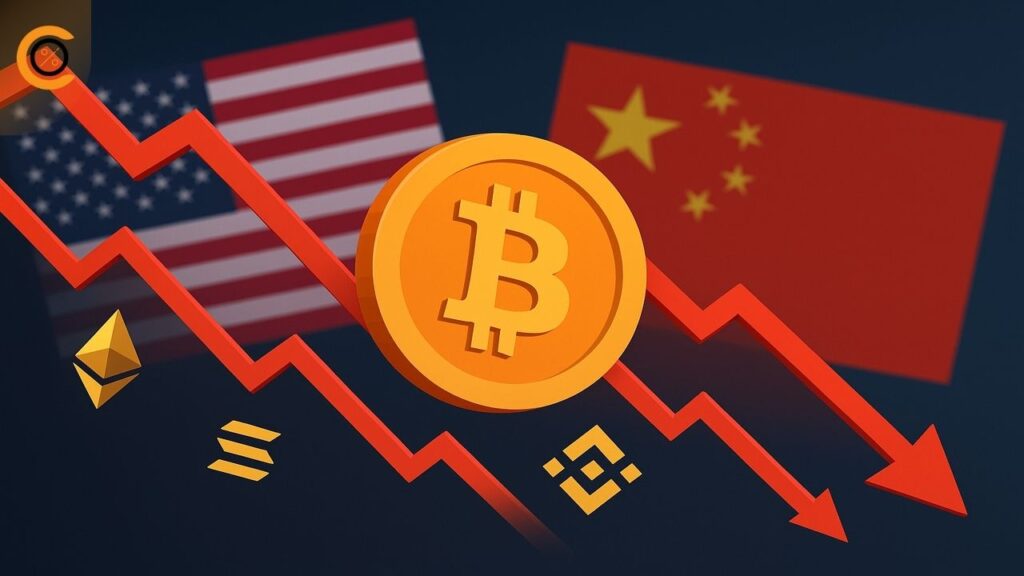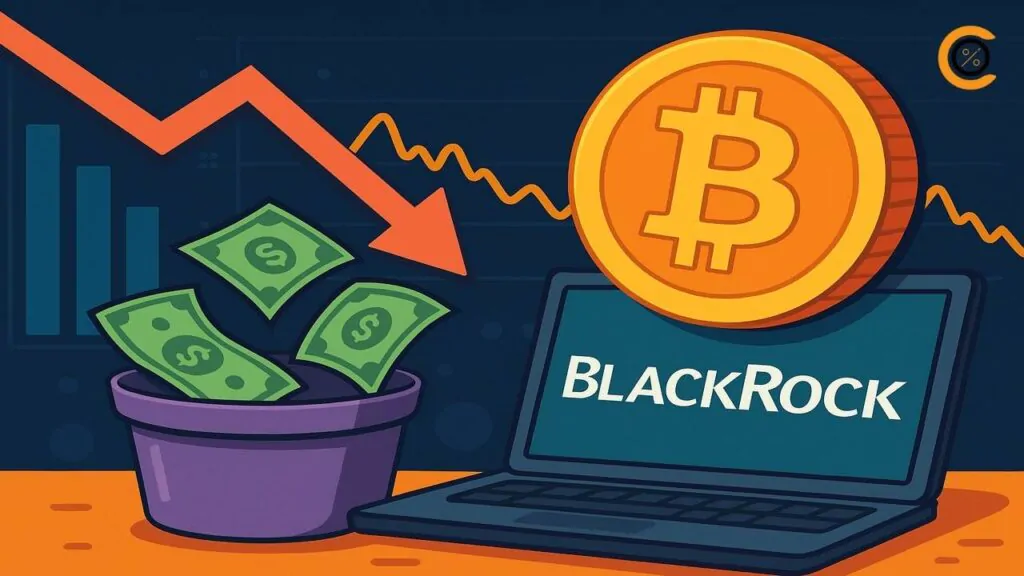- •The crypto crash after Trump’s tweet was triggered by a misunderstanding of China’s rare earth export controls, not an actual ban.
- •China clarified that compliant export applications will continue to be approved, easing concerns over global supply disruptions.
- •The event highlighted how geopolitical miscommunication can rapidly impact crypto and traditional markets worldwide.
The recent crypto crash after Trump’s tweet sent shockwaves through global markets, wiping billions in digital asset value within hours. What started as a reaction to an assumed escalation between the United States and China turned out to be largely based on miscommunication. China has since clarified that its new rare earth export controls do not amount to a ban, and analysts suggest this misunderstanding may have triggered one of the largest crypto sell-offs in history.
How the Crypto Market Reacted
On October 10, markets tumbled following a tweet from former U.S. President Donald Trump announcing a 100% tariff on Chinese goods and new export restrictions on key software. Traders, spooked by fears of renewed trade tension, quickly sold off risk assets, crypto being the first to feel the pressure. Within hours, over $2.5 trillion in global market cap was erased, and crypto exchanges saw record liquidations.
According to The Kobeissi Letter, the panic was fueled by a timing gap. China’s initial export control announcement on rare earth materials came nearly 26 hours before Trump’s tweet, yet it went largely unnoticed until his response amplified it. The market assumed China had banned exports altogether, prompting a global flight to safety and a heavy sell-off across digital and traditional assets alike.
China’s Official Clarification
In an official statement published by Xinhua News Agency on October 12, a spokesperson from China’s Ministry of Commerce stressed that the rare earth export measures were not export bans. The spokesperson explained that the controls were part of a legal framework aimed at improving oversight of sensitive items, particularly those with potential military applications.
China’s position was clear: applications that meet legal and regulatory standards would still be approved. The ministry emphasized that the move aligns with international norms and that China had informed relevant countries ahead of time through export control dialogue mechanisms. The government also reassured global partners that the new measures were designed to “safeguard world peace and regional stability”, not to restrict trade or disrupt supply chains.
This clarification effectively undercut the narrative of an outright trade escalation that markets had priced in. In other words, what the world perceived as an economic confrontation was, in China’s view, a routine policy update grounded in compliance and security regulation.
U.S. Response and the Misunderstanding
Despite China’s explanation, Trump’s public remarks framed the situation as an aggressive move from Beijing, prompting his call for 100% tariffs and expanded export restrictions on technology and software. Beijing described this as a “double standard”, pointing out that the U.S. maintains far broader export control lists; over 3,000 items compared to China’s 900.
Chinese officials noted that the United States had been expanding its restrictions since September, targeting industries like shipping, logistics, and semiconductors. They called Washington’s reaction “unilateral and unjustified”, reaffirming that China neither seeks nor fears a tariff war.
The difference in interpretation; China viewing its controls as regulatory, and Trump treating them as economic aggression, was at the heart of the misunderstanding that roiled global markets.
Also read: Ripple Partners with Bahrain Fintech Bay for RLUSD Expansion
What It Means for Crypto and Global Markets
Friday’s sell-off may go down as a textbook case of market overreaction. Analysts now believe that Trump’s tweet, rather than any actual policy change, was the main trigger behind the crash. The Kobeissi Letter noted that with China’s clarification, the probability of a 100% tariff being enacted is “extremely low”.
As markets digest the full context, some stability is returning to risk assets. Bitcoin and major altcoins have begun recovering after the sell-off, suggesting that investors are reassessing the fundamentals rather than reacting to political noise.
Still, this event highlights just how tightly interconnected geopolitics and crypto markets have become. A single tweet, misinterpreting a policy update, can cascade into one of the largest liquidation events in history, a reminder that digital markets are not insulated from macroeconomic sentiment.
Read also: Global Banks Explore Stablecoin Launch Tied to G7 Currencies
Looking Ahead
The crypto crash after Trump’s tweet underscores how fast misinformation can move markets. China’s rare earth export controls were not export bans but lawful regulatory measures. The misunderstanding between Washington and Beijing, magnified by online speculation, triggered unnecessary panic and massive losses.
As clarity returns, both sides appear to be favoring dialogue over confrontation. For traders, it’s a valuable lesson: in a market driven by headlines, context often matters more than speed.







